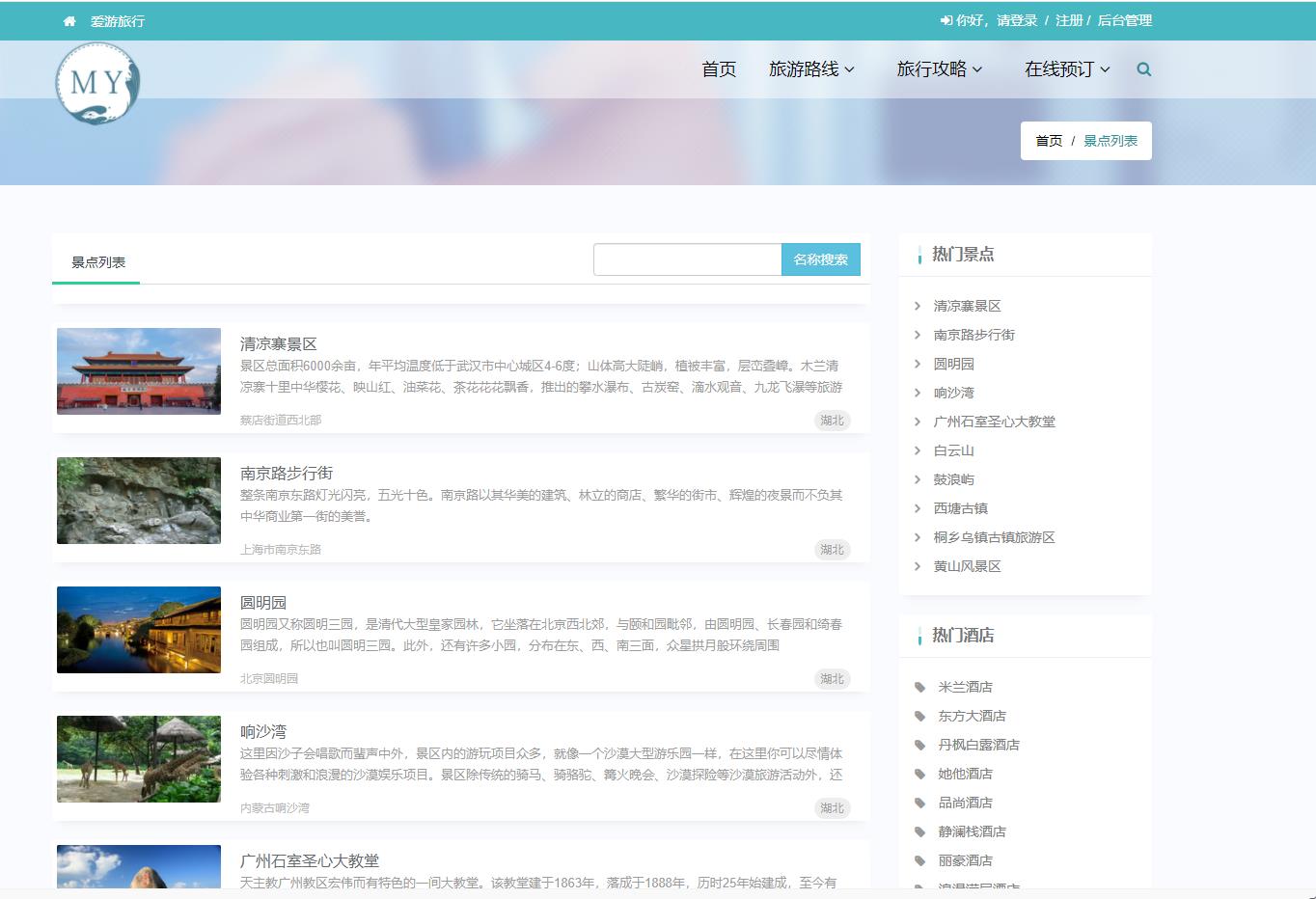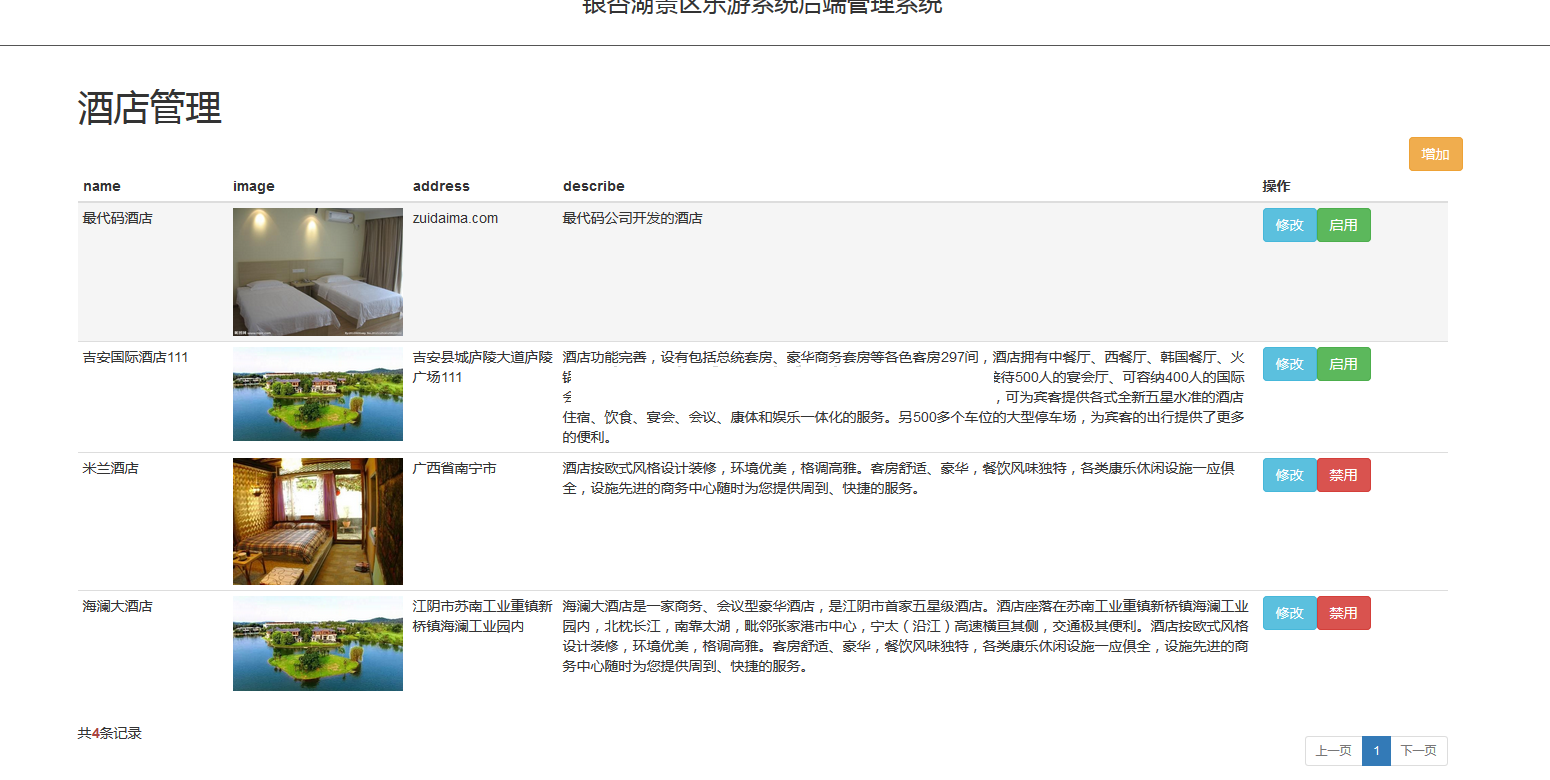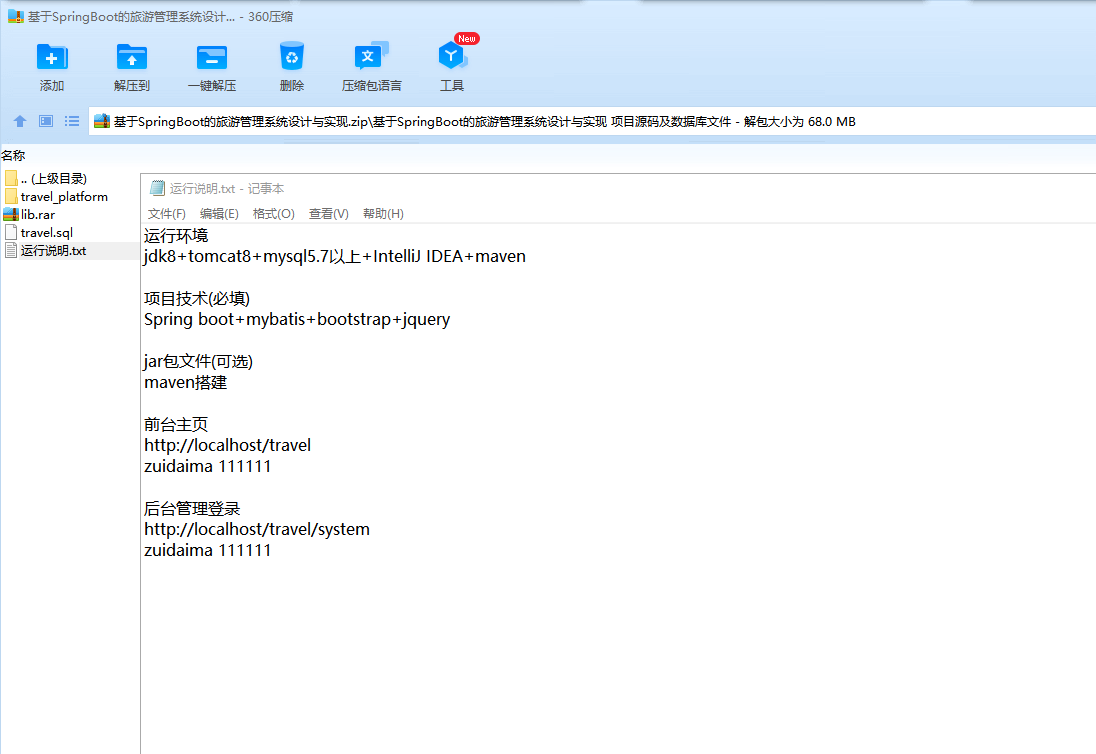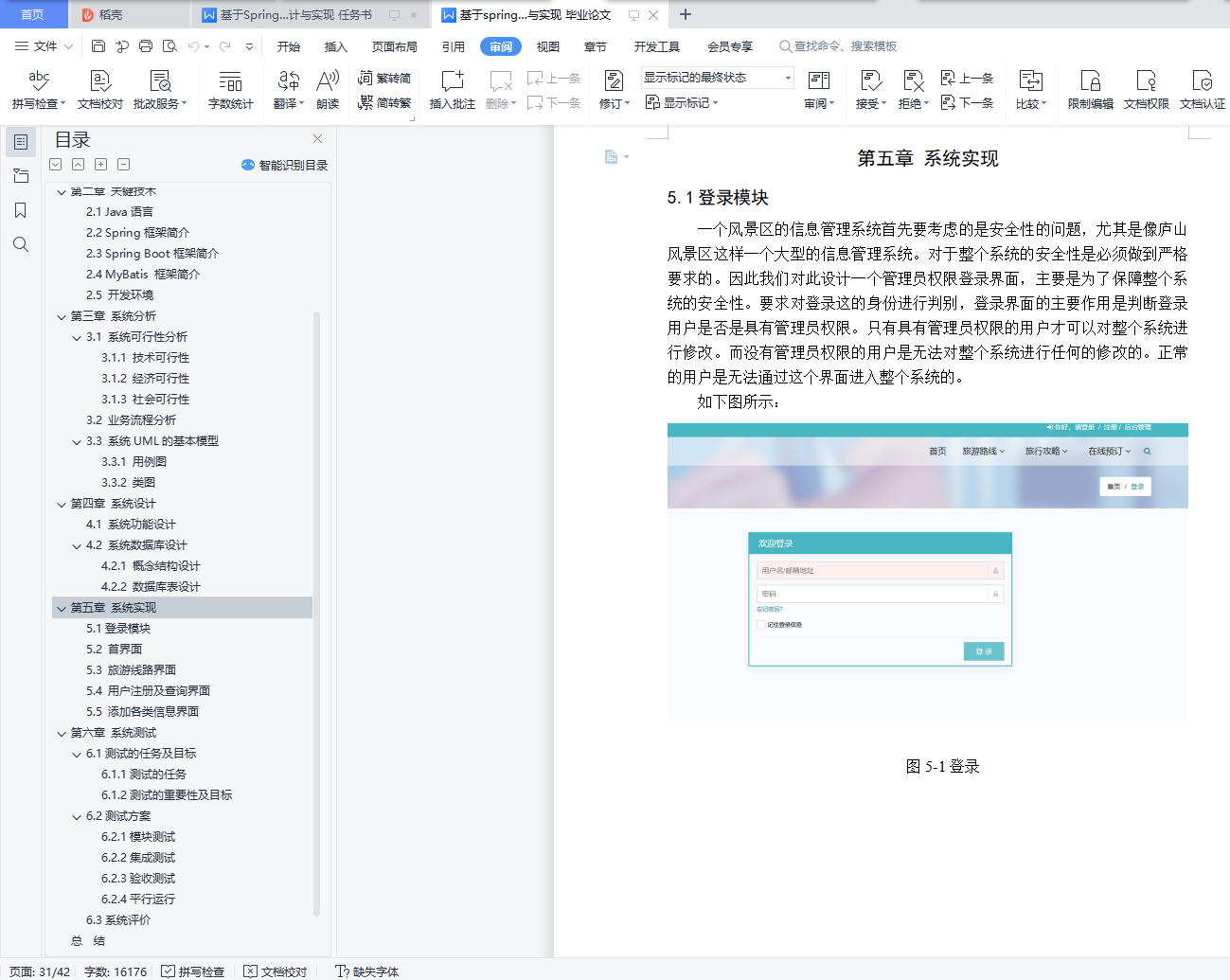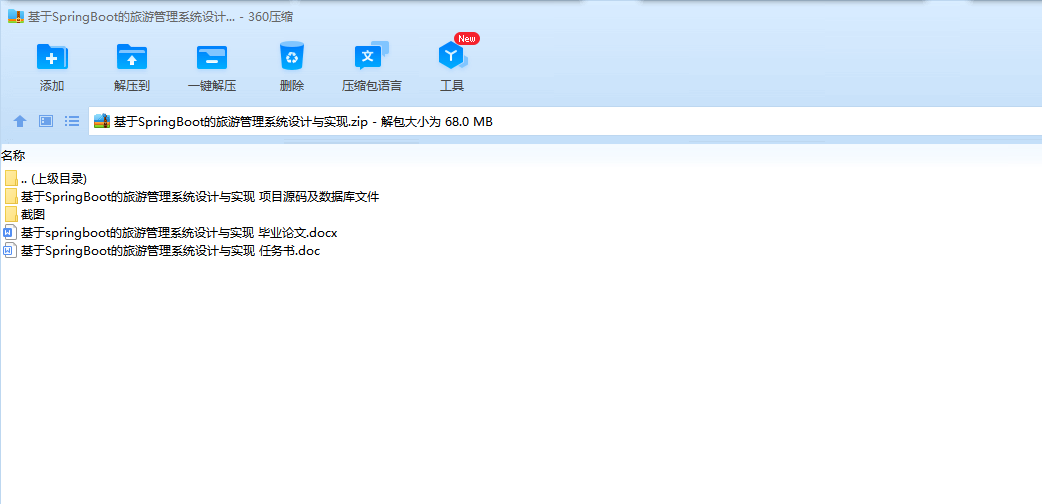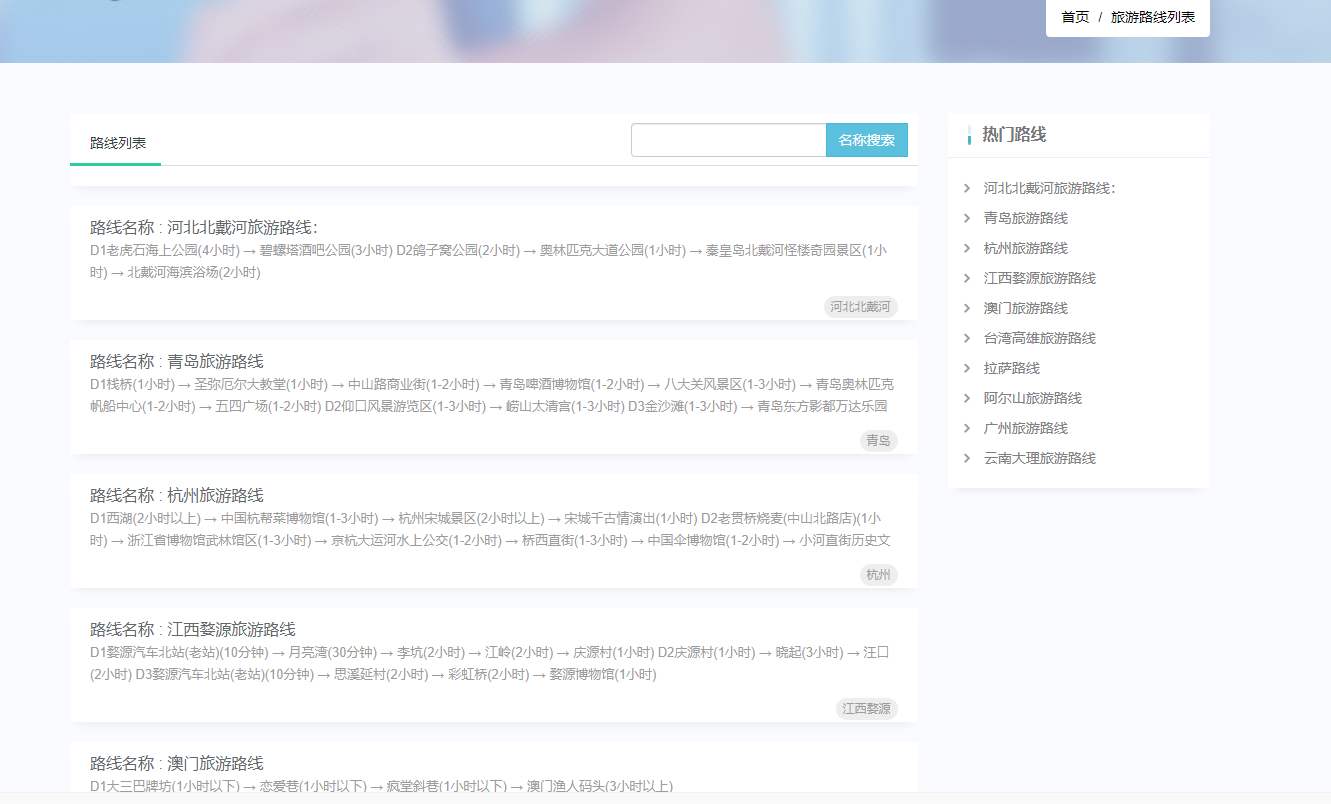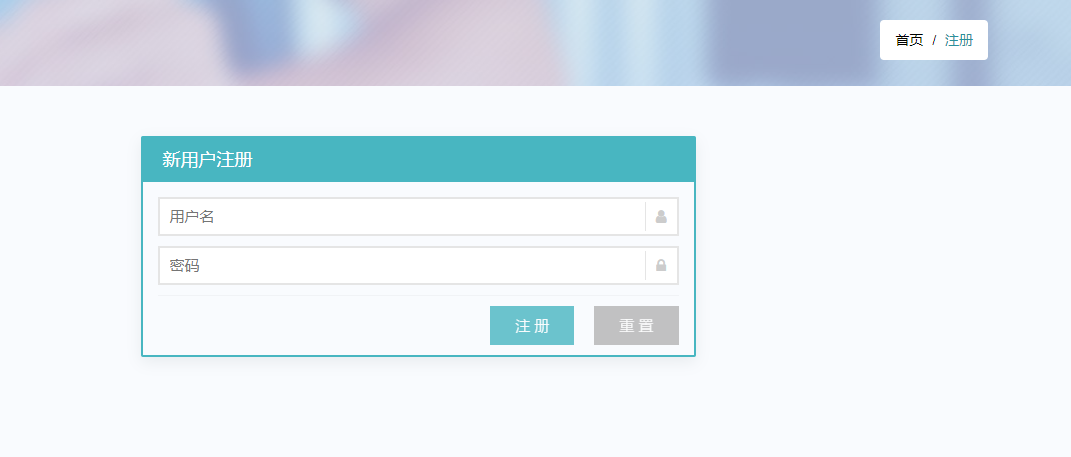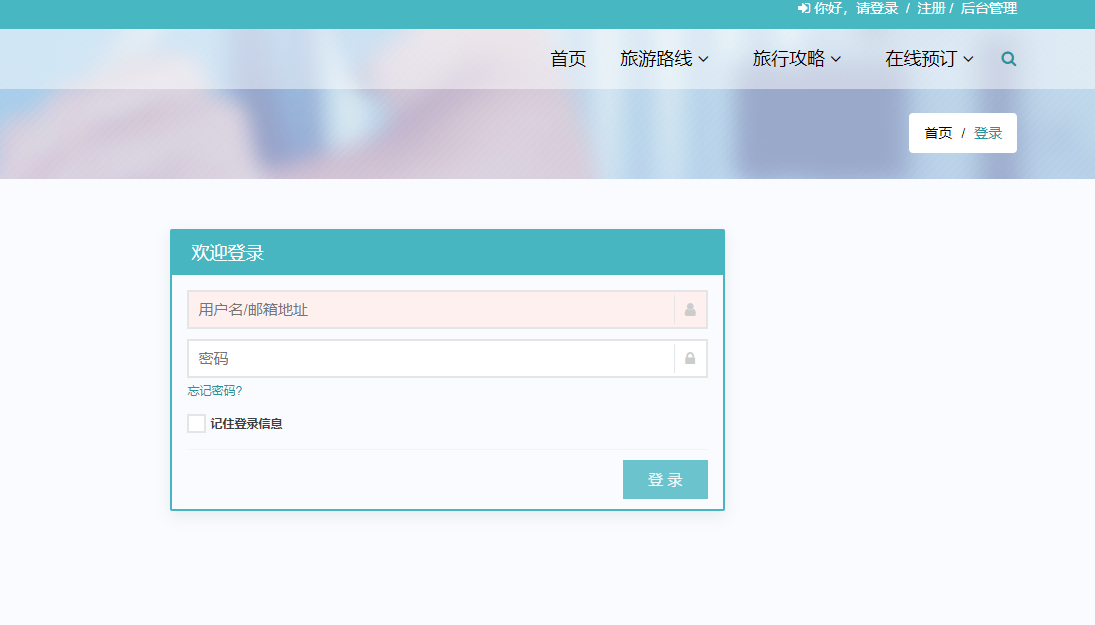摘 要
旅游业的快速发展,在线旅游出现将传统的旅行社销售模式放到网络平台上,推动了我国旅游行业的发展。开发的旅游管理系统采用B/S结构,选用SSM框架开发对旅游路线,旅游景点,图片的下载和上传功能,以及后台对景点及图片的相关维护,通过系统的使用,使销售人员能更好维护现有的商户资源,更快的发掘潜在的商户资源,同时,加快了合同,方案的审核进程,缩短了产品从发掘到售卖的周期,优化了企业的资源配置,节约了企业的成本.
本系统通过使用Java编程语言的SpringBoot框架和MySql数据库来提供开发环境,开发过程遵循Boot体系架构和软件工程的思想,通过需求分析,整体设计,详细设计,编码和测试来保障本系统高质量的完成。在安全方面,系统提供了更方便的权限管理和更细粒度的访问控制。同时对系统的可扩展性和并发访问进行了讨论。
关键词:旅游;旅游系统;旅游网站;SpringBoot;SSM
Abstract
With the rapid development of tourism, online tourism has put the traditional travel agency sales model on the network platform, which has promoted the development of tourism industry in China. The developed tourism management system adopts the B/S structure, selects the SSM framework to develop the download and upload function to the tourist route, the tourist attraction, the picture, and the backstage related maintenance to the scenic spot and the picture.
The system provides the development environment by using the SpringBoot framework and MySql database of Java programming language. The development process follows the idea of Boot architecture and software engineering. Coding and testing to ensure the high-quality completion of the system. In terms of security, the system provides more convenient authority management and finer-grained access control. The scalability and concurrent access of the system are also discussed.
Keywords: tourism; tourism system; tourism website; SpringBoot;SSM
目 录
第一章 绪论
1.1选题背景及意义
1.2发展现状
1.2.1国外关于旅游的现状
1.2.2国内关于旅游的现状
1.2.3发展趋势
1.3研究主要内容
第二章 关键技术
2.1 Java语言
2.2 Spring框架简介
2.3 Spring Boot 框架简介
2.4 MyBatis 框架简介
2.5 开发环境
第三章 系统分析
3.1 系统可行性分析
3.1.1 技术可行性
3.1.2 经济可行性
3.1.3 社会可行性
3.2 业务流程分析
3.3 系统UML的基本模型
3.3.1 用例图
3.3.2 类图
图3-9类关系图
第四章 系统设计
4.1 系统功能设计
4.2 系统数据库设计
4.2.1 概念结构设计
4.2.2 数据库表设计
第五章 系统实现
5.1登录模块
5.2 首界面
5.3 旅游线路界面
5.4 用户注册及查询界面
5.5 添加各类信息界面
第六章 系统测试
6.1测试的任务及目标
6.1.1测试的任务
6.1.2测试的重要性及目标
6.2测试方案
6.2.1模块测试
6.2.2集成测试
6.2.3验收测试
6.2.4平行运行
6.3系统评价
总 结
参考文献
致 谢

